IN CONVERSATION WITH:
JESSE LY
JESSE LY
(31.03.24)
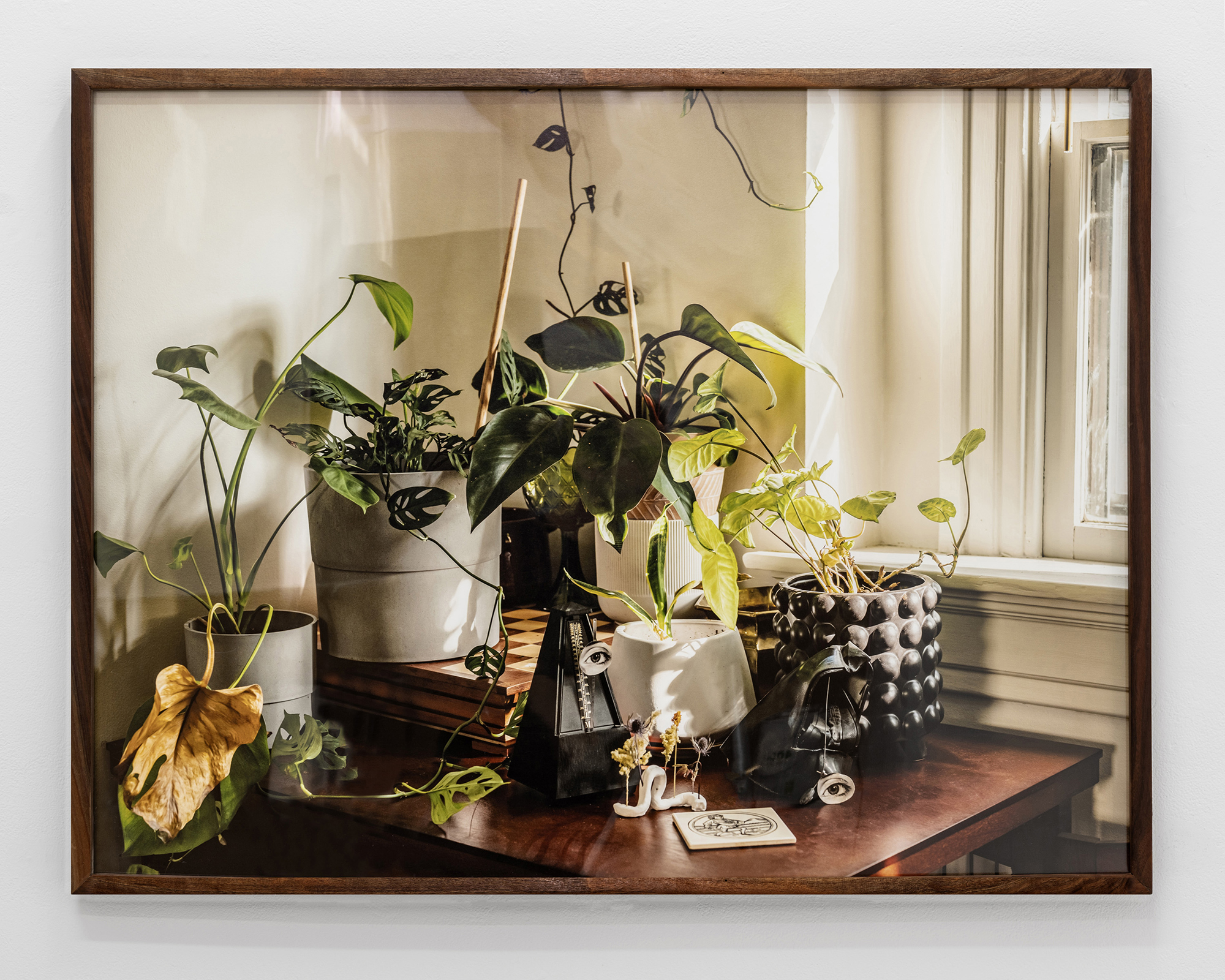
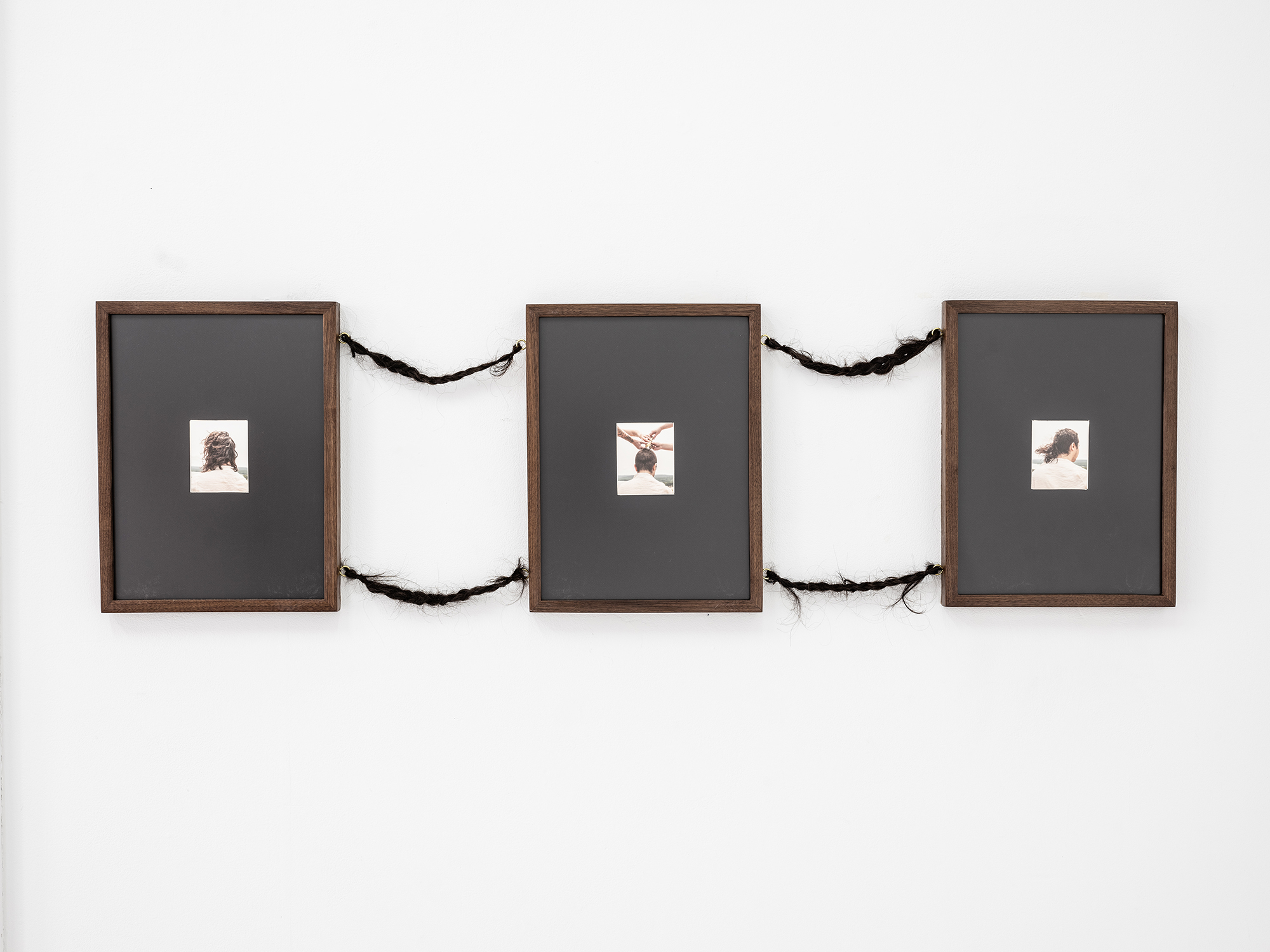
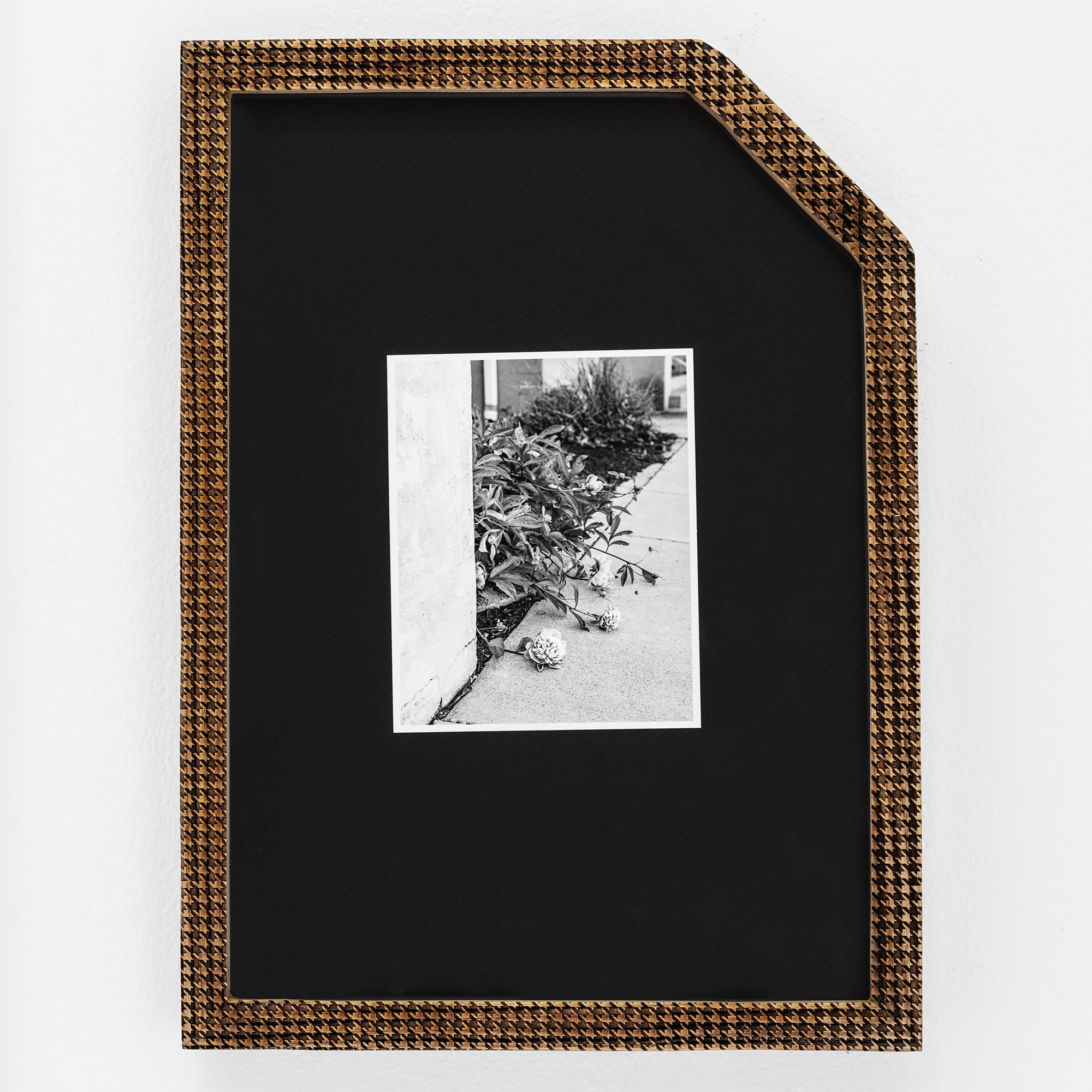
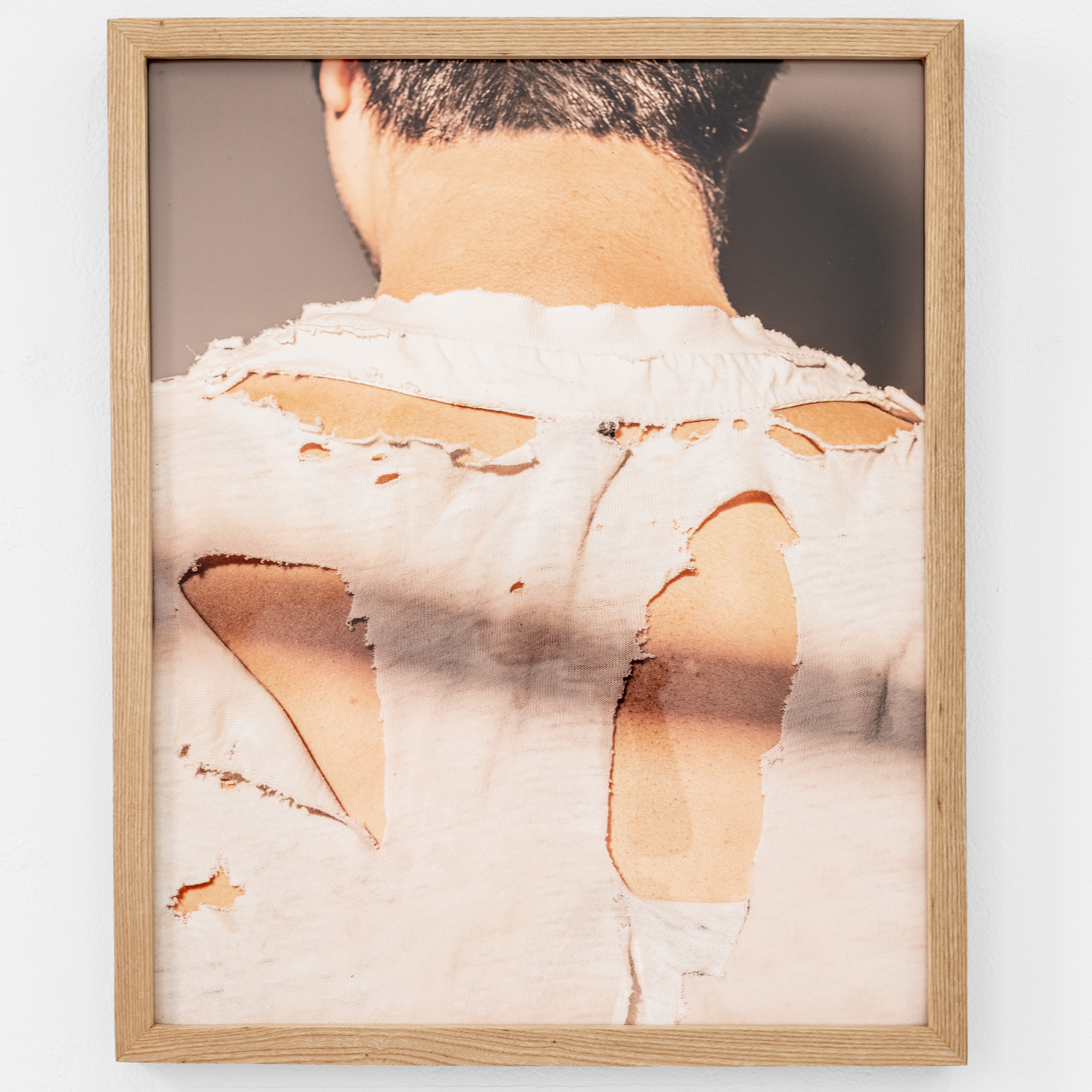
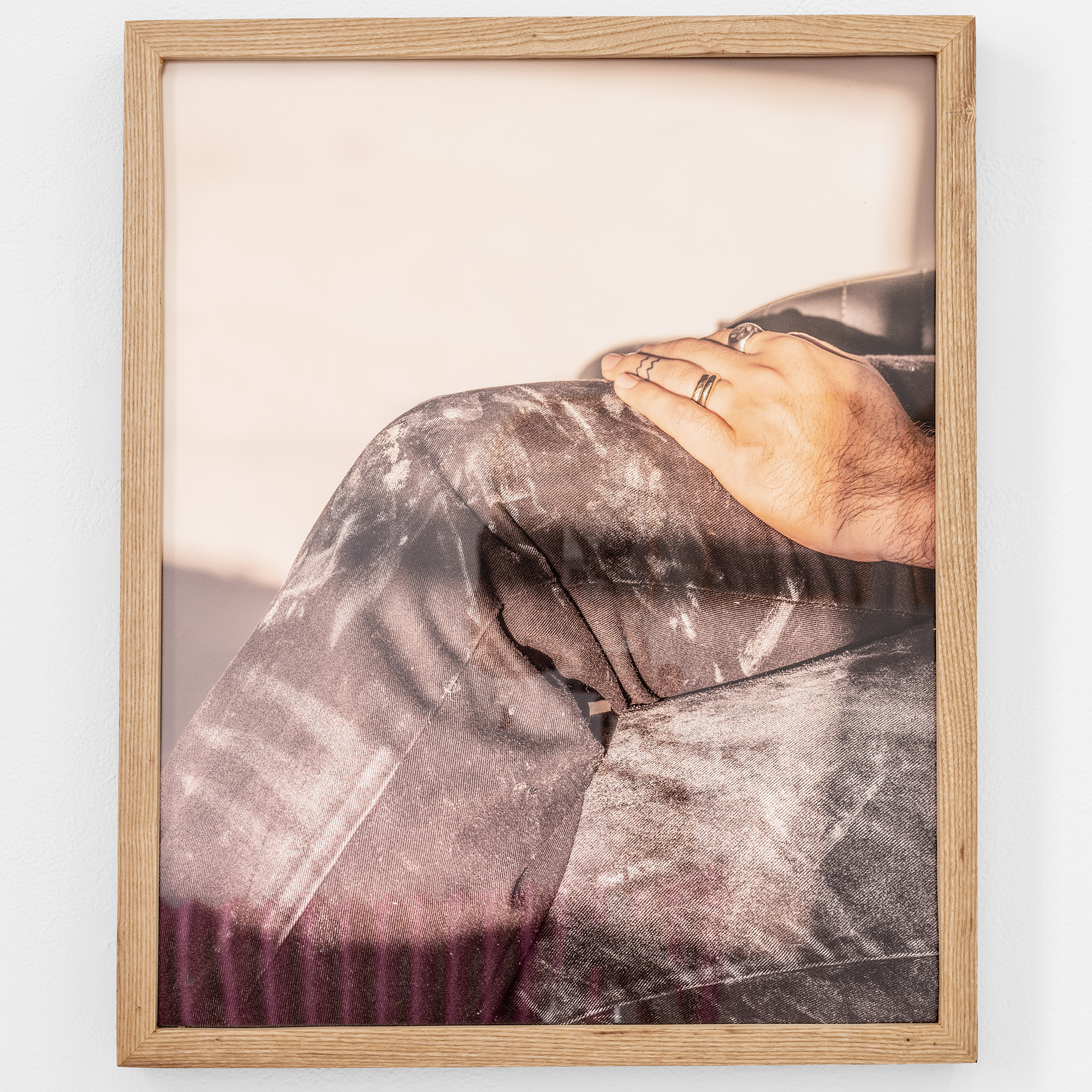





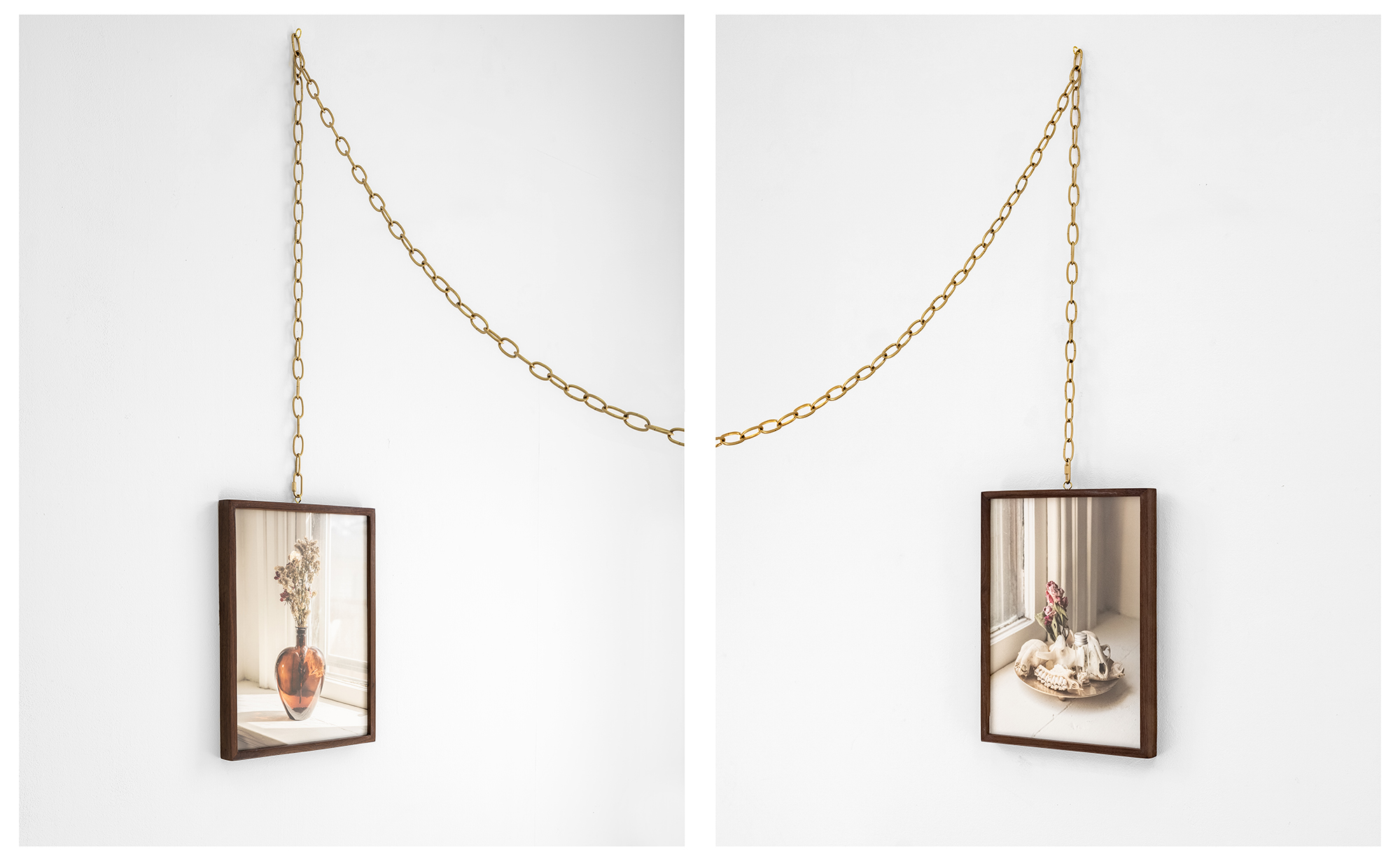

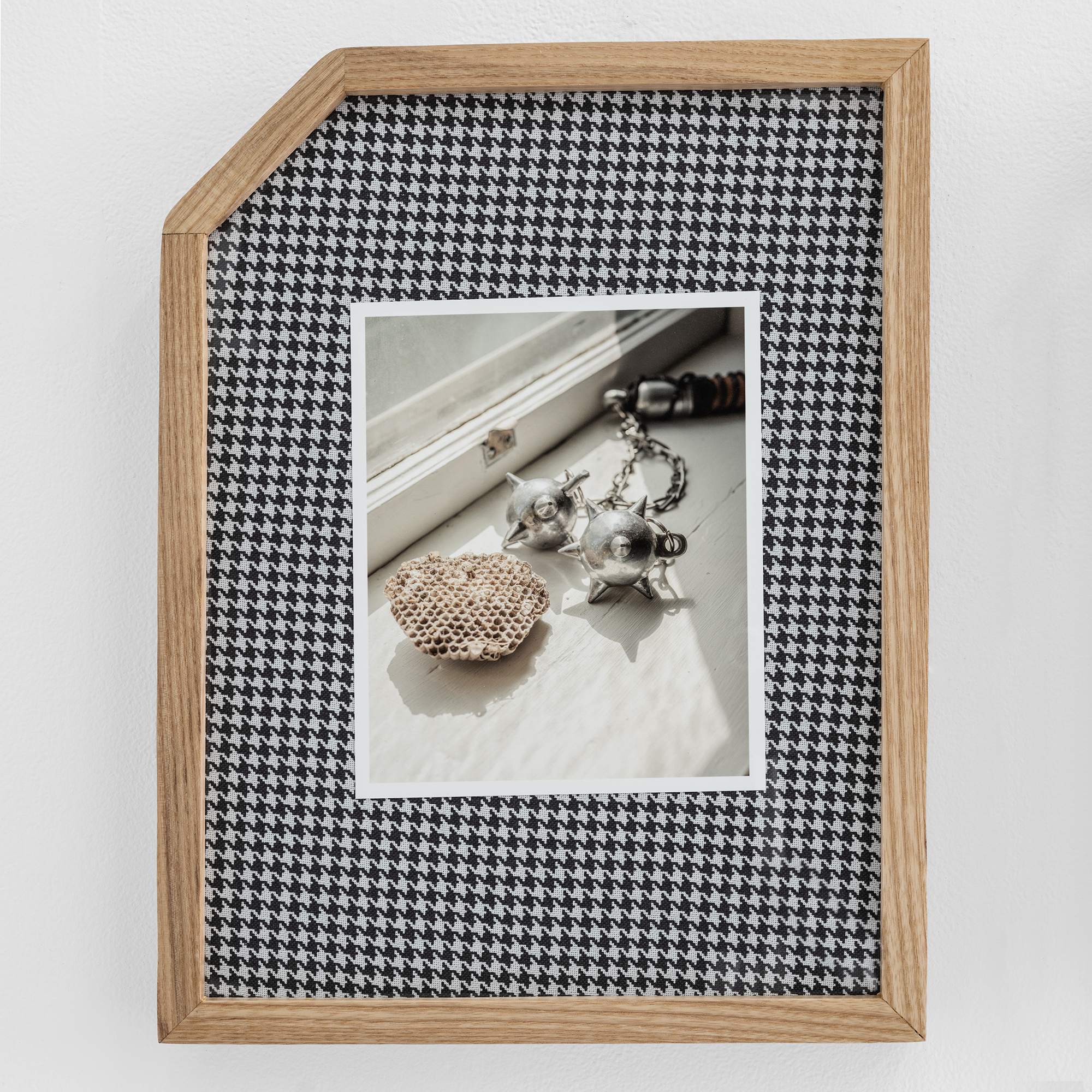
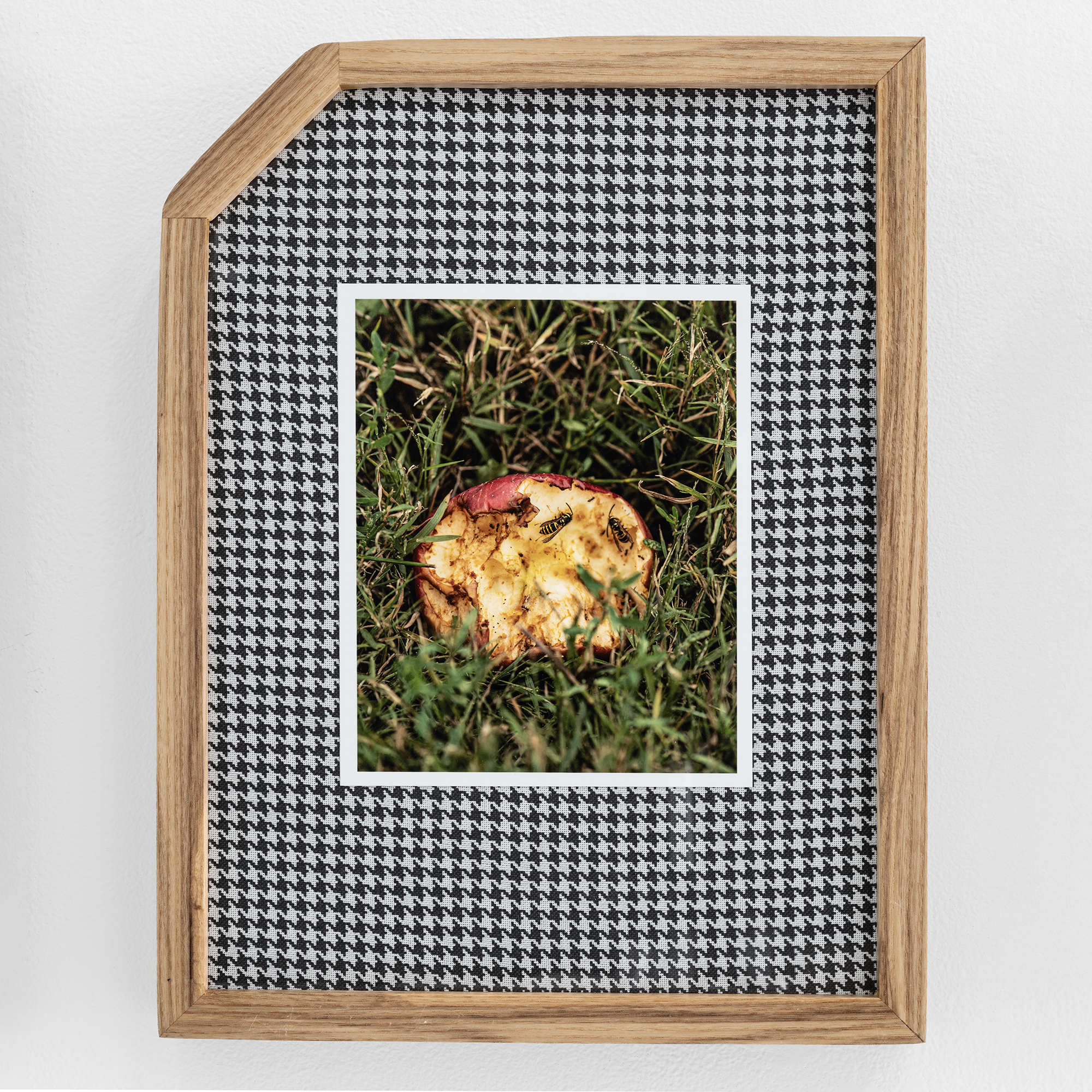
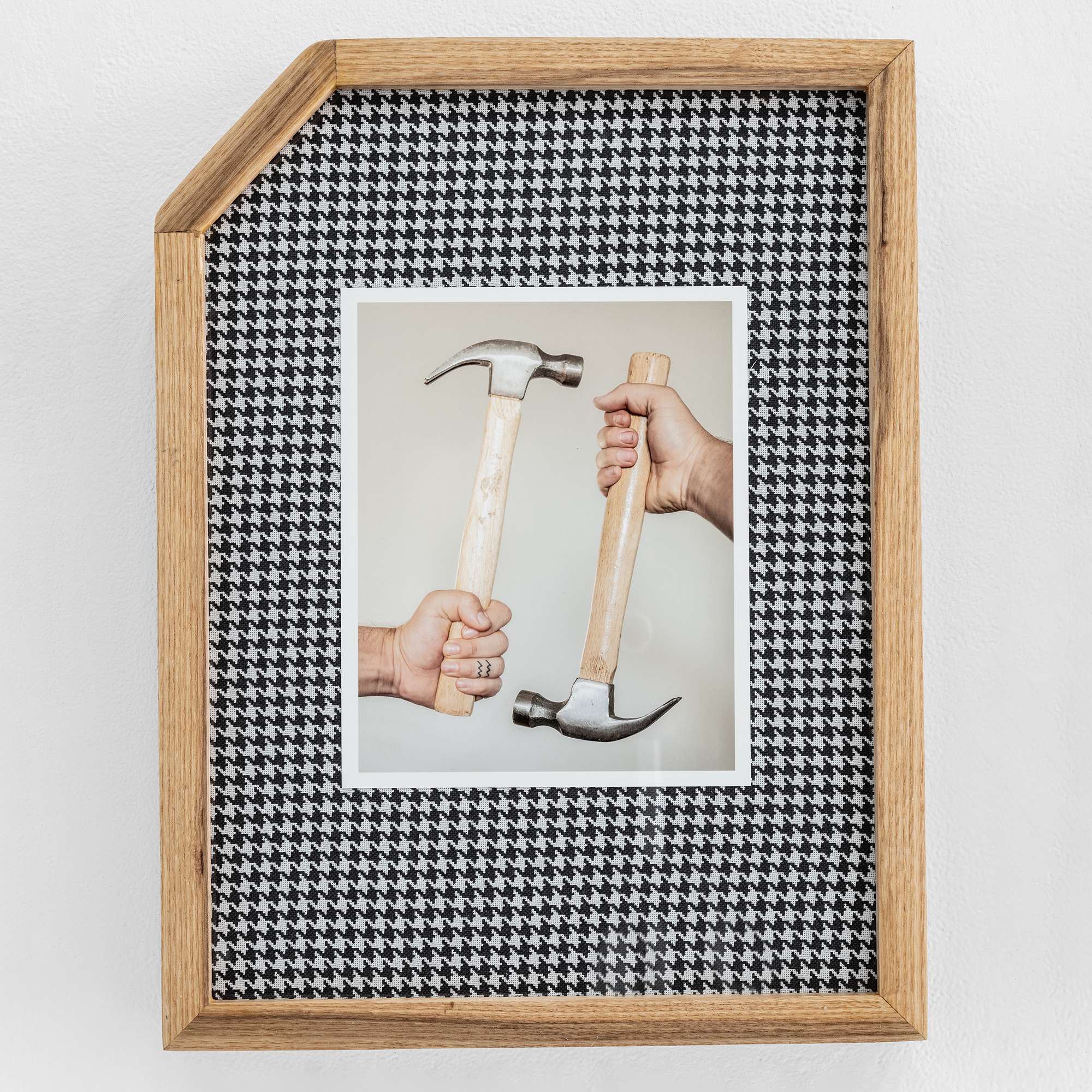

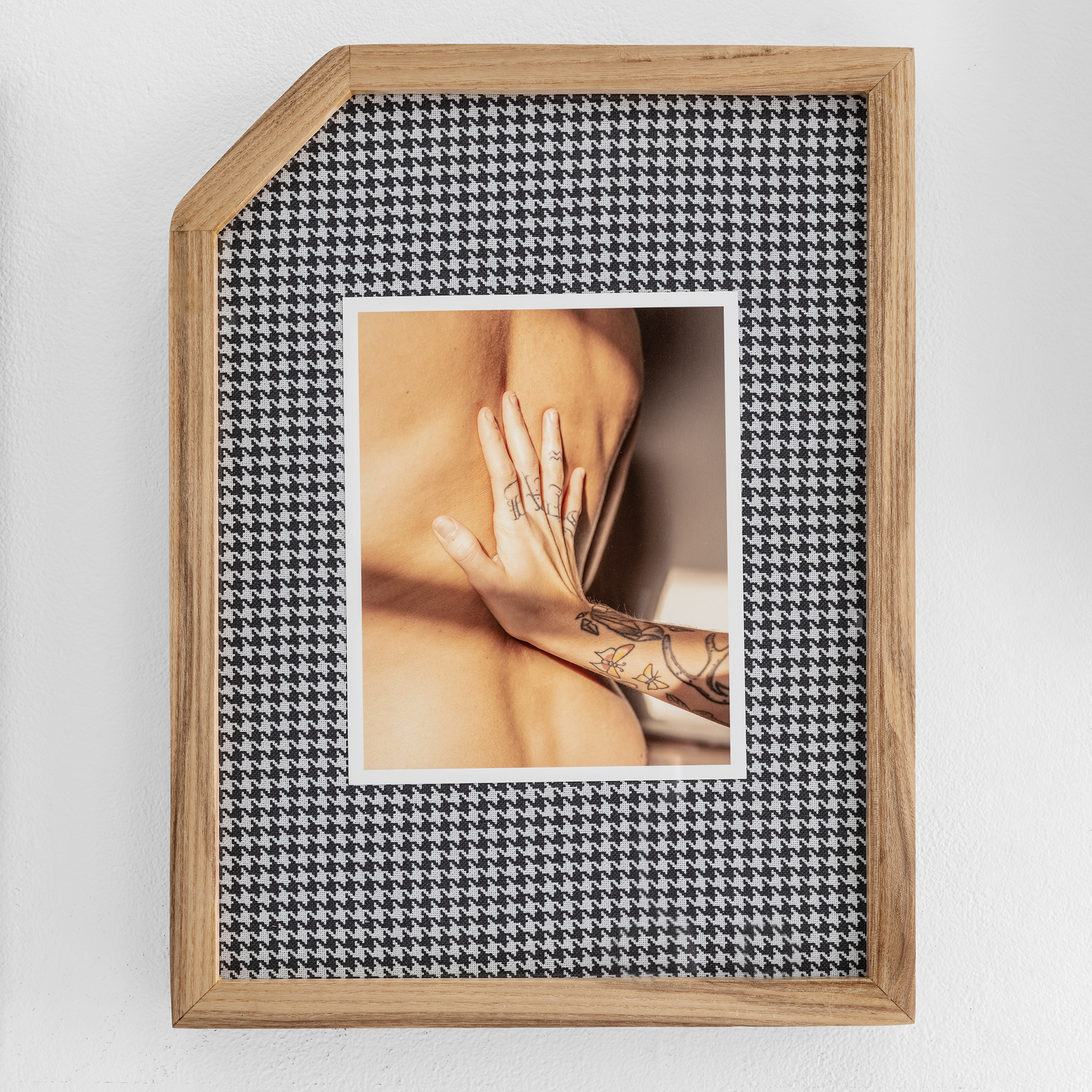


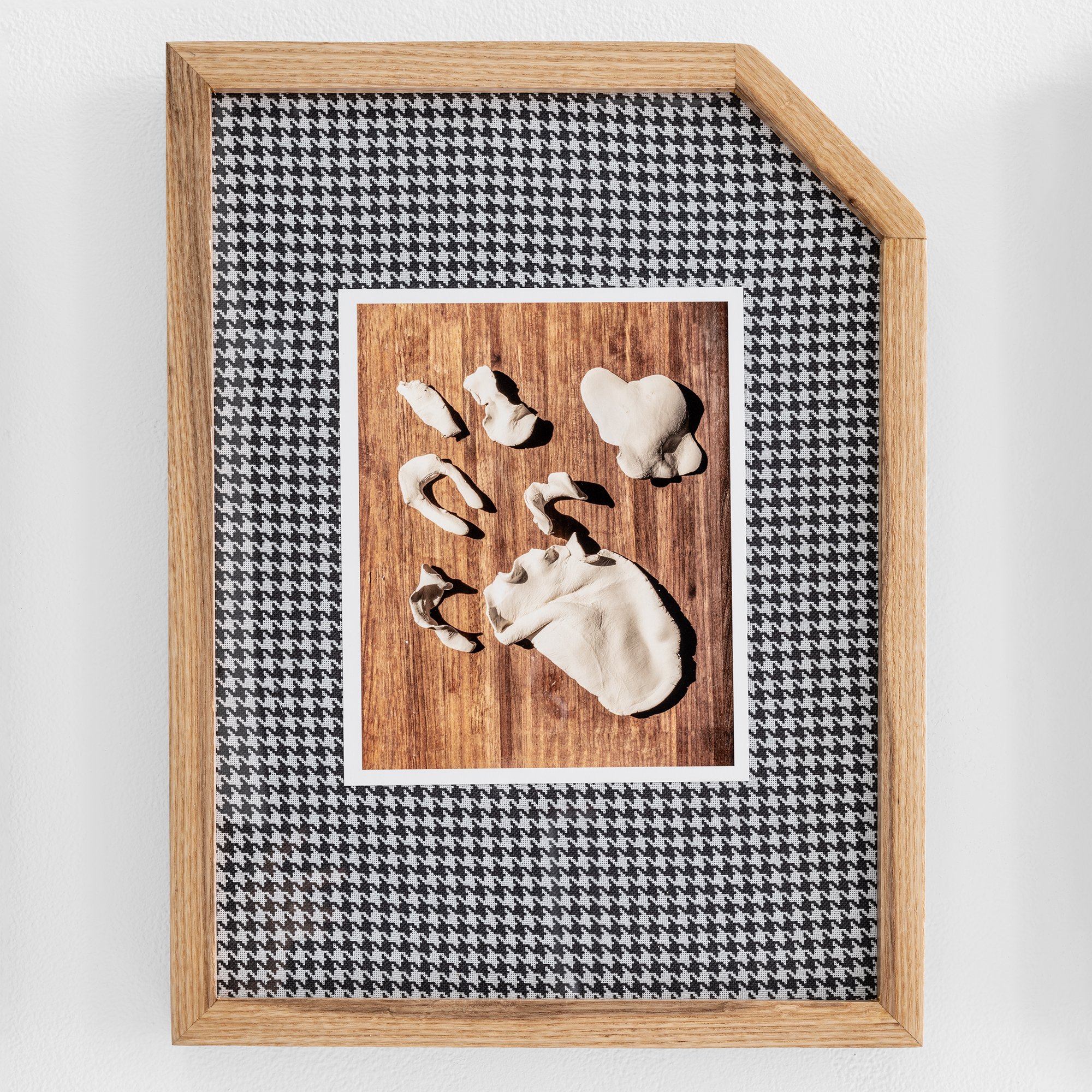
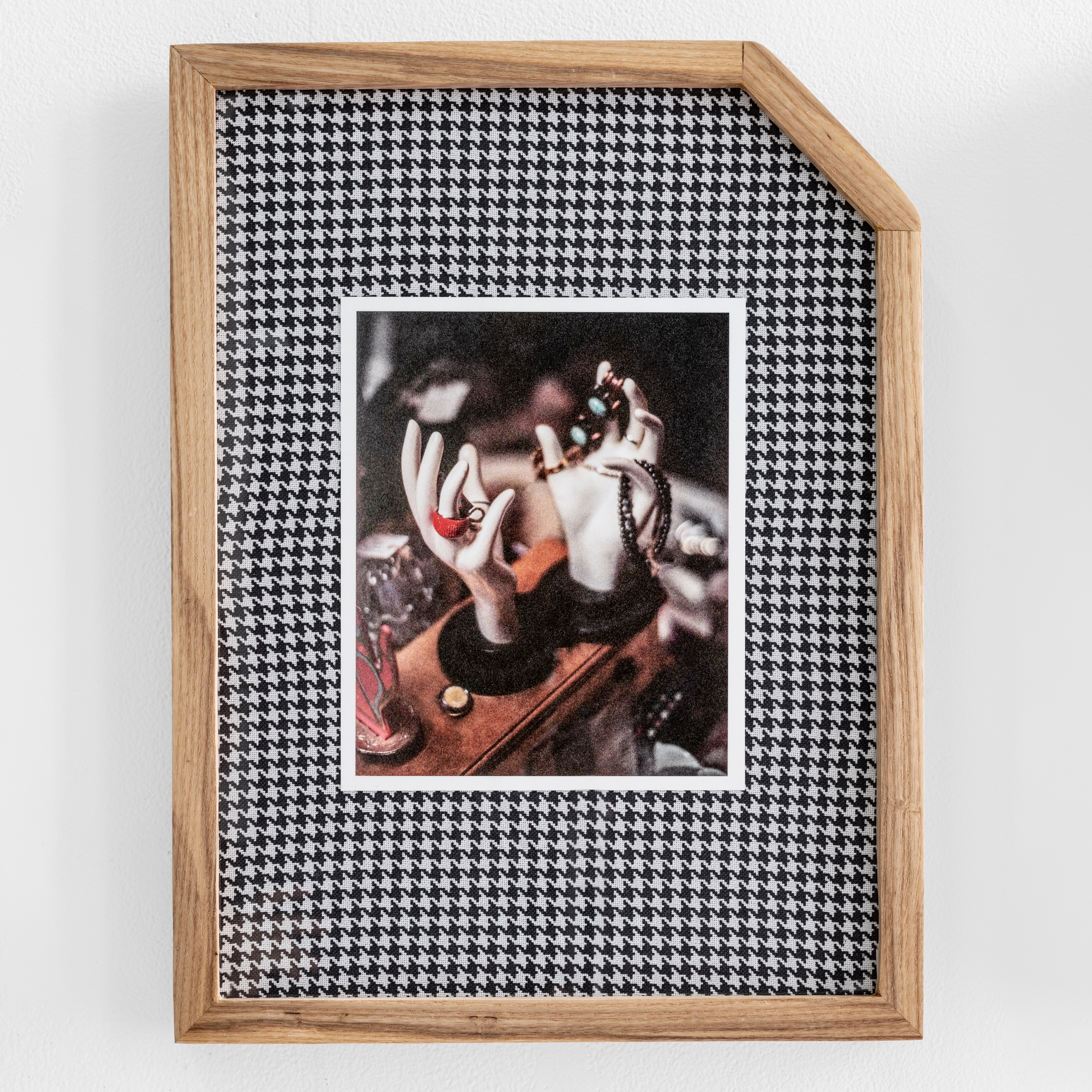
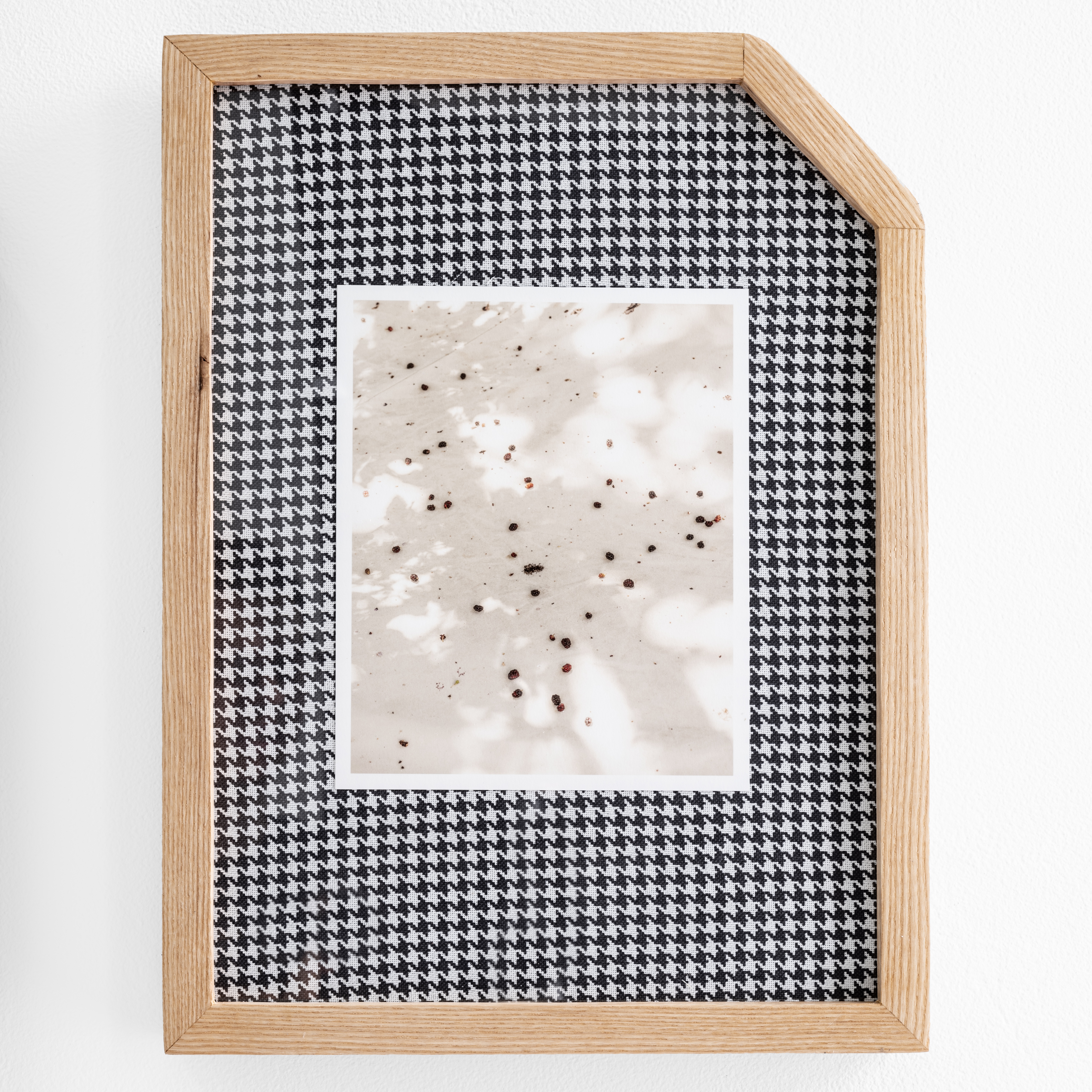
In Conversation with Adrian Jing Song
Adrian Jing Song: Thank you so much for your patience,
Jesse! I know we’ve been planning to do this for over a year now.
I’m curious about your journey as an artist and why you
decided this was the path you wanted to pursue.
AS: If you don’t mind, I'd love to hear more about how these people have impacted your daily affairs, and how this has leaked into your work thematically.
AS: Inviting connection really is at the forefront of your practice, which brings me to the walnut chair. It’s so cool! Could you tell us more about this work, and if you have one of these at home?
AS: I love the story of you being enamored with that original work, and then finding a way to pay homage to it in such a meaningful way. Before we move on, besides your partner and Aubrey, who would you consider a dream collaborator?
AS: I’m really in awe of this focus you have on meaningful relationships, and your recognition of the influence these connections have on your life and practice. The common thread I’m perceiving in your work, this is completely subjective by the way, is this fearlessness of intimacy or perhaps this hunger for it. I feel that this pursuit for closeness has allowed you to interrogate the complexities of connection in quite an unreserved, yet poetic, manner. There also seems to be this undercurrent of self-discovery unfolding as your practice continues to evolve. I’m wondering if you could talk more about what you’ve learned about yourself since making work and how this has shaped your perspective of the world?
AS: Thank you for sharing that, Jesse. The image of the houndstooth you found in your fathers jacket, which I believe is a nod to protection, is a personal favorite of mine. I think it’s beautiful that you imbue these images with the power to symbolise these often-invisible bonds we share with our loved ones. Your project please remember this... is a deeply personal accumulation of intriguing mementos manifested through images and objects. Could you please tell us what inspired you to develop this work?
AS: I believe that’s true, and your work really succeeds in connecting the past and the present. I’d love to know, what is your most cherished memory, and if you could photograph it, what this would look like.
AS: Also, I have to say, your writing, as well as your installations, are always a major highlight. How much do these components factor into the process while you’re making work?
AS: Thanks for sharing that Artie Vierkant reading! Is there is anything else you’re reading or watching you’d like to recommend. Perhaps a few of your favorite artists at the moment?
AS: (laughs) I like how you still made a dramatically long list. I’m really looking forward to checking out the work of all these artists. Thank you so much Jesse! It’s been really rewarding learning more about you and your practice. There is so much going on in the world at the moment, has this impacted the way you’ve been thinking about your work?
AS: What are you working on at the moment and what do you have planned for the future?
︎
Jesse Ly is an Asian-American photographic and image-based artist. They hold a bachelor’s degree in Fine Arts with a minor in Art History and a certificate in Critical Visions from the University of Cincinnati’s college of DAAP. They currently are the Graphic Design and Photography Media Facilities Coordinator for Art & Design at the University of Dayton.
Ly uses photographic approaches that incorporates processes of sculpture, bookmaking, and writing to inform and expand imagery. Their work navigates identity structures through representation and comprehension by considering the transitional qualities of existence found within imagery and their adornments. They use this mode of looking to examine how photographic depictions incite differentiation in presence and portrayal through presented context and actuality.
These concerns surface typically via self-analyzation, fixating on how Ly, those they have immediate discursive relationships with, their inhabited spaces, and objects of interaction exists through, with, and as photographic imagery. This is done to further dialogs of relationships of image-making, existence, and conceptual formulations through the sequencing, intervening, and examination of their compositions. This allots for a further inquiry of physical, ethereal and psychological spaces to become recontextualized through the perceptions, futilities, liminal spaces, and notions imagery creates.
To see more work by Jesse Ly, visit - Website / Instagram
︎
Jesse Ly: Hi Adrian, thank you for taking the time to consider my work and making the space for me to talk about it!
For me, I think a driving factor came from just falling into a regular practice of making things that has continuously grown over time, and continues to do so, to get to the point of a constant plumb of intrigue. Naturally making photographs for an implied use was the start. With documenting myself, my friends, my family – people, places and things that I felt needed to be kept close and explored. This has just constantly evolved and shifted in purpose for me. I think the agency to explore, which having a camera has given me, allots not only a lot of joy but also questioning and existentialism.
I firmly believe that I have been lucky and privileged to navigate working in this field. I’ve been given guidance from a lot of really lovely people that have pushed me to realize different ways of sustaining these practices – and I would be nothing without them.
AS: If you don’t mind, I'd love to hear more about how these people have impacted your daily affairs, and how this has leaked into your work thematically.
JL: Truly, I do not think I would have realized a lot of the possibilities of my practice without the people that I care about, and I am so grateful to the folks I get to lean on.
A large part of this is my relationship with my partner, who is an immensely talented artist. Being able to express elements of care and concern with their insight, perspectives, and willingness to support me has been immeasurably helpful - and not only do they participate in the imagery but occasionally assist in the production of the work. They are willing to help me out when I have an absurd idea - for example, lighting multiple frames on fire, or spending hours in my basement woodshop to construct objects that extend the work. They give me space, grace, and support that I am beyond fortunate to have.
Alongside that I have been able to foster deep friendships with collaborators. One of the closest collaborators I have is Aubrey Theobald, an extensively thoughtful and motivated artist, whose main focus resides in interdisciplinary sculptural approaches. In a body of work entitled Support Systems, and by intermingling our practices, we explored various ideas relating to our friendship.
I am constantly excited about the prospect of working with others. There is a certain type of energy that collectivism brings out of me that is a strong mix of motivation and excitement. Part of this really originated from a collective art book press I was a part of called Hot Take Press with four near and dear friends, making books for our own practices and collaborating with other folks to support them.
Now I am working with a group with ties to Dayton, Ohio in a collective called FloodCraft. All of us work in varying mediums across photography, painting, sculpture, ceramics, woodworking, writing and more. We have some big ideas that we would like to realize, and being able to have support from these folks, and to give mine to them, I cannot find the words to express how much I appreciate it. There is a certain element of scrap-esque energy that we have being from the midwest in the US to fight to make space for ourselves, and I believe we are harnessing that.
Finding my people, being able to give and get support, and growing with them, this opens up so many more possibilities for connection and collaboration. Being able to have people that I trust, who give me hard honest feedback and who are willing to lend a hand - it is the best. If I can express my care for my community through my work in any element, then I believe I am doing something right.
AS: Inviting connection really is at the forefront of your practice, which brings me to the walnut chair. It’s so cool! Could you tell us more about this work, and if you have one of these at home?
JL: The title of the work is please join(t) and it is modeled off a chair held in the private collection of the Cincinnati Art Museum. The original work was made by an artist named Michael Joseph in 1997 and called Joint. For a number of years I wished that the original piece was mine. I lived in Cincinnati for a long time and everytime I would go to the museum I would find myself returning to the chair, visiting it, spending time with it. I wanted to pay homage to this work that I loved and the invitation for connection it incited.
So I made my own variation of it. The inverted images embedded into the work are the literal knot my partner and I tied during our wedding. I made the piece for me, I made it for my partner and I, and now it exists to invite others to connect with it, connect with each other, and to have a place to rest. I have been lucky to be able to show it pretty consistently since I made it for my solo exhibition last year. It is absolutely the single most piece that I have spent the most time, thought, and labor into producing.
AS: I love the story of you being enamored with that original work, and then finding a way to pay homage to it in such a meaningful way. Before we move on, besides your partner and Aubrey, who would you consider a dream collaborator?
JL: I’m honestly not sure if I have a direct answer for this. The way I have viewed collaboration has been utilizing an avenue to expand possibilities and connect with the people I work with further. With my partner Kaitlin and Aubrey, it’s been easy, because they’re already my best friends.
I think the people I’d strive to work with would be any of my multi-talented friends or mentors. It is great to carve out time to be in the same physical and mental spaces as the people you care about. If that can be realized through the way of making things and thinking thoughts, then I will always make time for that.
AS: I’m really in awe of this focus you have on meaningful relationships, and your recognition of the influence these connections have on your life and practice. The common thread I’m perceiving in your work, this is completely subjective by the way, is this fearlessness of intimacy or perhaps this hunger for it. I feel that this pursuit for closeness has allowed you to interrogate the complexities of connection in quite an unreserved, yet poetic, manner. There also seems to be this undercurrent of self-discovery unfolding as your practice continues to evolve. I’m wondering if you could talk more about what you’ve learned about yourself since making work and how this has shaped your perspective of the world?
JL: I am absolutely concerned with intimacy and tenderness. Making and working with images has given me a drive to explore this on a multitude of levels. But I would not say it’s without fear by any means! It’s just forcing myself to be vulnerable enough so that I’m able to share and make in a way that feels earnest. My identity is mine and mine alone to share, and at the moment it feels like the most relevant thing to push through and speak to.
I spent a lot of time during my undergraduate degree trying to find purpose within photography. This continued through multiple iterations of interdisciplinary implementations that I believe opened up my practice. That is until about five years ago, when my father passed away. When this happened, my studio procedures halted and all my time became devoted to making something that paid homage to his life. This ultimately helped me explore my grief and the emotions connected to all of that experience. This period of introspection really made me realize how powerful and pertinent images can, should, and need to be.
AS: Thank you for sharing that, Jesse. The image of the houndstooth you found in your fathers jacket, which I believe is a nod to protection, is a personal favorite of mine. I think it’s beautiful that you imbue these images with the power to symbolise these often-invisible bonds we share with our loved ones. Your project please remember this... is a deeply personal accumulation of intriguing mementos manifested through images and objects. Could you please tell us what inspired you to develop this work?
JL: Honestly, my approach to please remember this… was a lot less deliberate than my normal working procedures. In the past, when I’ve been invited to do a solo exhibition, I’d spend a meticulous amount of time going over the details. With the space and time the lovely folks at The Neon Heater gave me to really develop the work, it was nice to just spend time making.
The work really is a handful of seperate ideas that I wanted to realize. It wasn’t until midway through that I was able to find the variable connecting points that tied it all together. All of the works have a direct correlation to concerns that have affected my personal disposition and identity. From the functionality of the chair, to the shape and form of the frames, to how the images are embedded and installed – all of these details are meant to accentuate these specificities.
This notion of objecthood, especially in relation to photographic methods, has become an important function for me and my work. These approaches that I utilize not only further communicate the work but also allows for a directness, which relates to the vulnerability I am wanting and willing to share.
AS: I believe that’s true, and your work really succeeds in connecting the past and the present. I’d love to know, what is your most cherished memory, and if you could photograph it, what this would look like.
JL: I believe that your question is ultimately where I’m at within my studio process. I look back often and make space for the memories that can only be left in the past, and pair them with what is contemporary. Your question is pointing me in a lot of different directions, I don’t think I can pin it down to just one photograph or answer. I really appreciate it because it’s bringing forward a lot of thoughts, and hopefully, possibilities. If an image can be an outlet for an important memory, then just that, is earnest to my intentions.
AS: Also, I have to say, your writing, as well as your installations, are always a major highlight. How much do these components factor into the process while you’re making work?
JL: That is very kind Adrian! The questions you are giving me are spurring a lot of thought. I don’t think of myself in this way, but it’s been pointed out to me recently that my personality and my work are both very detail-oriented.
A formative reading for me in my undergraduate education, that I still call back to, was Artie Vierkant’s The Image Object Post-Internet. It delves into the new life photography has in a world where images are prevalent and constantly surrounding us. The functions of photographic work in the post-internet landscape qualifies the need to take into consideration all factors and possibilities where a photograph will manifest and become present. This expresses both anxiety and hopeful possibility for me, which is the state I constantly exist in. I am always writing and thinking about what form my work could manifest physically. Whether it’s a note in an app on my phone, a quick rendering in a sketchbook, or an unnecessarily expounded upon paragraph that might eventually assist in formulating a statement. Ultimately, I find myself responding and fixating all over the place, looking for resolve wherever I can in relation to whatever I am making.
AS: Thanks for sharing that Artie Vierkant reading! Is there is anything else you’re reading or watching you’d like to recommend. Perhaps a few of your favorite artists at the moment?
JL: This might be the hardest question you’ve asked! I will try and not make a dramatically long list because there are so many people I am enamored with.
Folks I have been spending a lot of time with recently:
Katherine Hubbard, Tommy Kha, Lee Rae Walsh, Xu Guanyu, Jamie Ho, Stephanie Cuyubmaba Kong, Emmaline Carter, Emily Wiethorn, John-David Richardson, Eli Craven, Peah Guilmoth, Dylan Hausthor, J Houston, Emily Margarit Mason, Dan Hojnacki, Sheida Soleimani, Ryan Frigilana, Clare Gatto.
All all-stars in my opinion.
AS: (laughs) I like how you still made a dramatically long list. I’m really looking forward to checking out the work of all these artists. Thank you so much Jesse! It’s been really rewarding learning more about you and your practice. There is so much going on in the world at the moment, has this impacted the way you’ve been thinking about your work?
JL: On a pretty constant basis the ever changing functions and the constant turmoils of the world absolutely affect my personal dispositions and the way I approach things. I think this applies not only to my studio procedures but also where my actions, mental weight and focus gets directed. It’s hard to not divert from these things, notate them, and see what feels pertinent to address, discuss and care for, whether it is directly correlating to my discursive experience or something further outward.
AS: What are you working on at the moment and what do you have planned for the future?
JL: I have some new work that I am really proud of opening at The Blue House Gallery here in Dayton, called try, take time. This summer I will be attending a residency through ACRE projects. Later this year I will have some work in exhibitions concurrent with the 2024 FotoFocus biennial, in shows curated by Sso-Rha Kang and Emily Wiethorn. I am also curating a two person exhibition at the University of Dayton’s Index Gallery called On Location and Care with Emmaline Carter and Stephanie Cuyubamba Kong.
Plus more coming in between, as well as on the horizon. Thanks again for giving and making time and space for me Adrian!
︎
Jesse Ly is an Asian-American photographic and image-based artist. They hold a bachelor’s degree in Fine Arts with a minor in Art History and a certificate in Critical Visions from the University of Cincinnati’s college of DAAP. They currently are the Graphic Design and Photography Media Facilities Coordinator for Art & Design at the University of Dayton.
Ly uses photographic approaches that incorporates processes of sculpture, bookmaking, and writing to inform and expand imagery. Their work navigates identity structures through representation and comprehension by considering the transitional qualities of existence found within imagery and their adornments. They use this mode of looking to examine how photographic depictions incite differentiation in presence and portrayal through presented context and actuality.
These concerns surface typically via self-analyzation, fixating on how Ly, those they have immediate discursive relationships with, their inhabited spaces, and objects of interaction exists through, with, and as photographic imagery. This is done to further dialogs of relationships of image-making, existence, and conceptual formulations through the sequencing, intervening, and examination of their compositions. This allots for a further inquiry of physical, ethereal and psychological spaces to become recontextualized through the perceptions, futilities, liminal spaces, and notions imagery creates.
To see more work by Jesse Ly, visit - Website / Instagram
︎